In October, we wear pink.
Every year we dedicate this month to increasing awareness for Breast Cancer and fighting for a cure. We educate women on prevention methods, raise money for research, stand alongside the courageous survivors and warriors who have been through hell and back, and remember those we’ve lost.
October was my favorite way to celebrate my grandmother and her 30-year battle with Breast Cancer. It symbolized her strength, compassion, fear, and courage. A month to reflect on her journey and help others along the way.
Last year, as September graduated to October, my whole world changed. The bubblegum pink ribbons were added to the autumn color scheme and a day later my grandmother lost her 30-year battle with Breast Cancer. And just like that, October took on an entirely new meaning.
It became a month to honor her. A time to remember the incredible, selfless woman she was. Instead of filling with anger and tears at the sight of anything pink, she’d want me to take this opportunity to spread awareness and educate others in need.
If you or a loved one has recently been diagnosed with breast cancer, there will be questions. You might wonder what caused this to occur and what lifestyle changes you should make. Some believe they need to make significant dietary changes to ensure good outcomes following treatment, but in reality, improving your overall health and well-being with a generally healthy diet makes the world of a difference.
What to eat during breast cancer treatment
There is no “superfood” or dietary supplement that will prevent breast cancer from occurring or returning, but following these guidelines can decrease the change of reoccurrence.
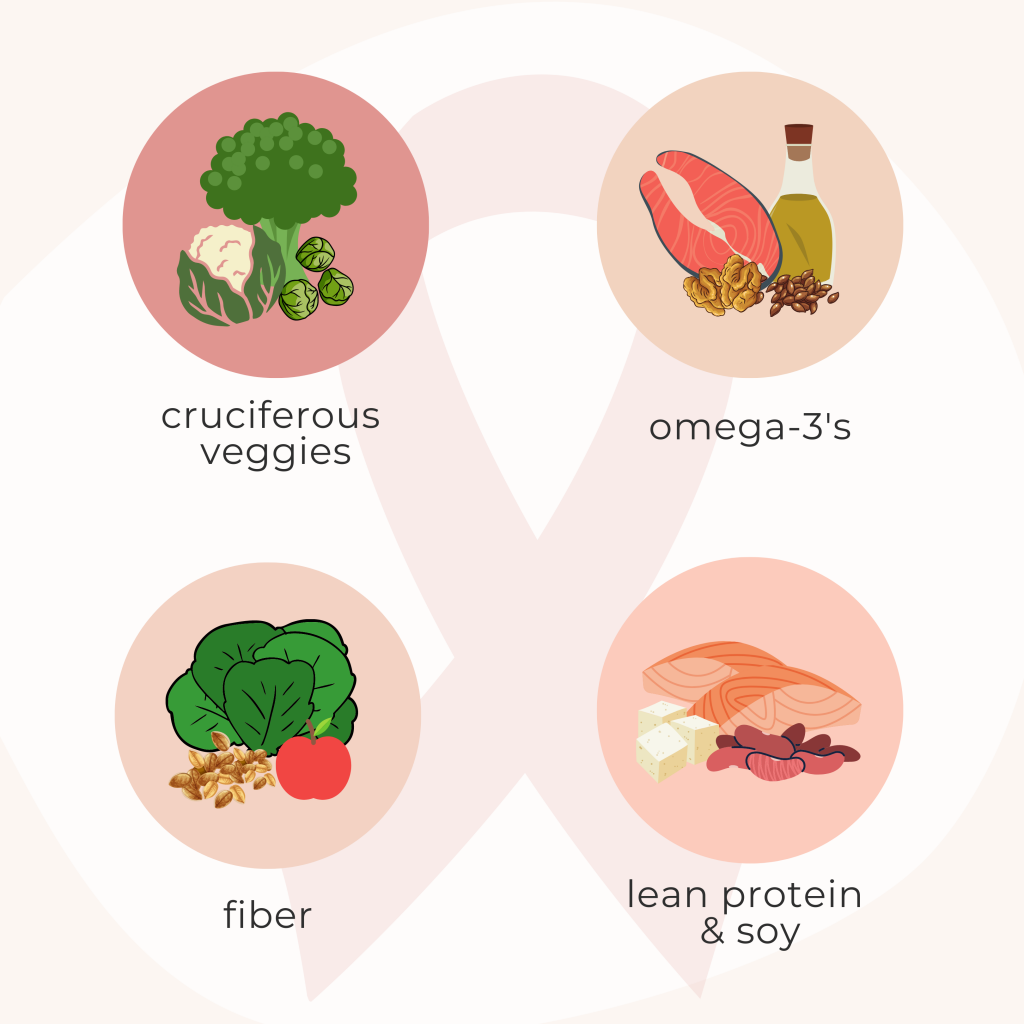
Eat your fruits & veggies: 5+ servings a day
Not only are fruits and vegetables good sources of fiber, vitamins, and minerals, but many contain phytochemicals with antioxidant, antiestrogen, and chemopreventive properties. It’s important to include a variety of fruits and vegetables as they offer various nutrients.
Cruciferous vegetables like broccoli, cauliflower, kale, cabbage and Brussel sprouts, are especially good to include as they are rich in phytochemicals – the closest things to "superfoods" as you can get.
Whole grains: 25-30g of fiber per day
Whole grains are great sources of fiber, phytochemicals, vitamins and minerals. High fiber diets may have a positive benefit by altering hormonal actions or hormonal-dependent cancers like breast cancer.
If you’re struggling to include more fiber in your diet, try some of my favorite tricks:
- Add 1 Tbsp chia seeds to yogurt, cereal, or oats for an extra 5g of fiber.
- Make your own trail-mix using a high fiber cereal, nuts, seeds, and dried fruit.
- Eat whole fruits and vegetables with the skin.
Omega-3 Fatty Acids: 3-4 servings per week
Our favorite fatty acid is best known for its anti-inflammatory properties that prevent damage to healthy tissues and encourage cells growth. The key is to eat more fatty fish, like salmon and tuna. If you’re a vegetarian or like me and can’t stand the taste of fish, including a mix of seeds, nuts and oils is essential.
Protein: Stay Lean, Include Soy!
A generally healthy diet emphasizes eating more lean poultry, fish, beans and legumes, and less processed meats. Including a portion of protein at every meal can help repair tissue damage and maintain lean body mass. Aim for a serving of protein that’s equal to the size of your palm and as thick of a deck of cards.
Some women may have questions regarding the safety of soy products after being diagnosed. Soy foods are rich sources of compounds called isoflavones that have anti-cancer properties. When consumed in moderate amounts, up to 3 servings per day, it does not seem to increase a breast cancer survivor’s risk of recurrence or death.
A serving of soy:
- ½ cup soybeans (edamame)
- 1 cup soy milk
- 3oz tofu
Potential Cancer Fighters
Phytonutrients are the closet superfood fix you can find. Eating a variety of fruits, vegetables, beans and grains can help support your overall health, lower your risk for disease, and improve your wellbeing.
COLOR = PHYTONUTRIENTS, so eat the rainbow!
It's never to late to adopt a healthy lifestyle
Breast cancer is one of the best studied types of cancer thanks to those working to provide important breast cancer resources, fundraising, and educating. Because of them we understand the importance of screening and early detection. We understand there is no magic fix, but we can take steps to reduce our risk of developing breast cancer.
- Maintain a healthy weight through diet and exercise.
- Focus on the quality of nutrients – skip empty calories.
- Don’t forget protein!
- Drink plenty of water.
- Manage your stress.
This is one battle we can fight together.

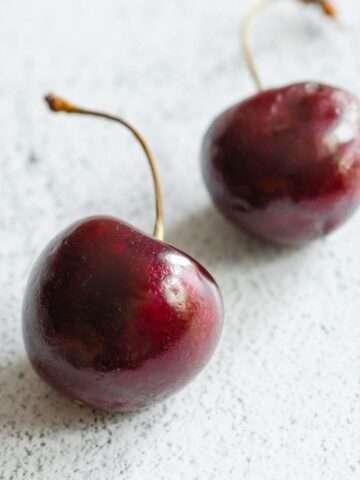
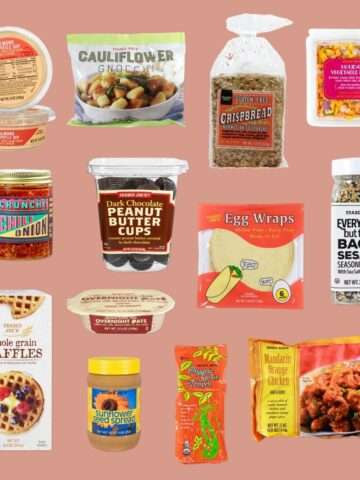
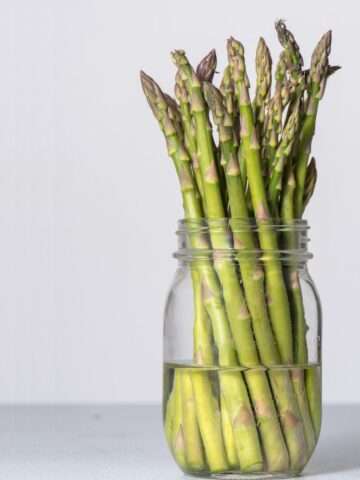
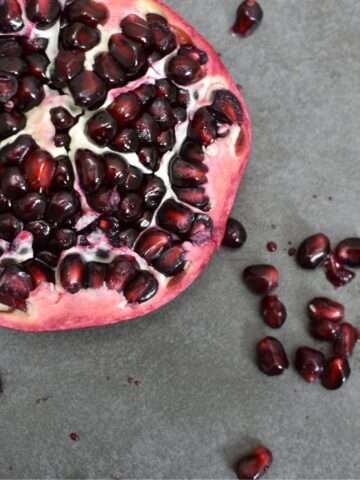
Did you try this? Let us know!